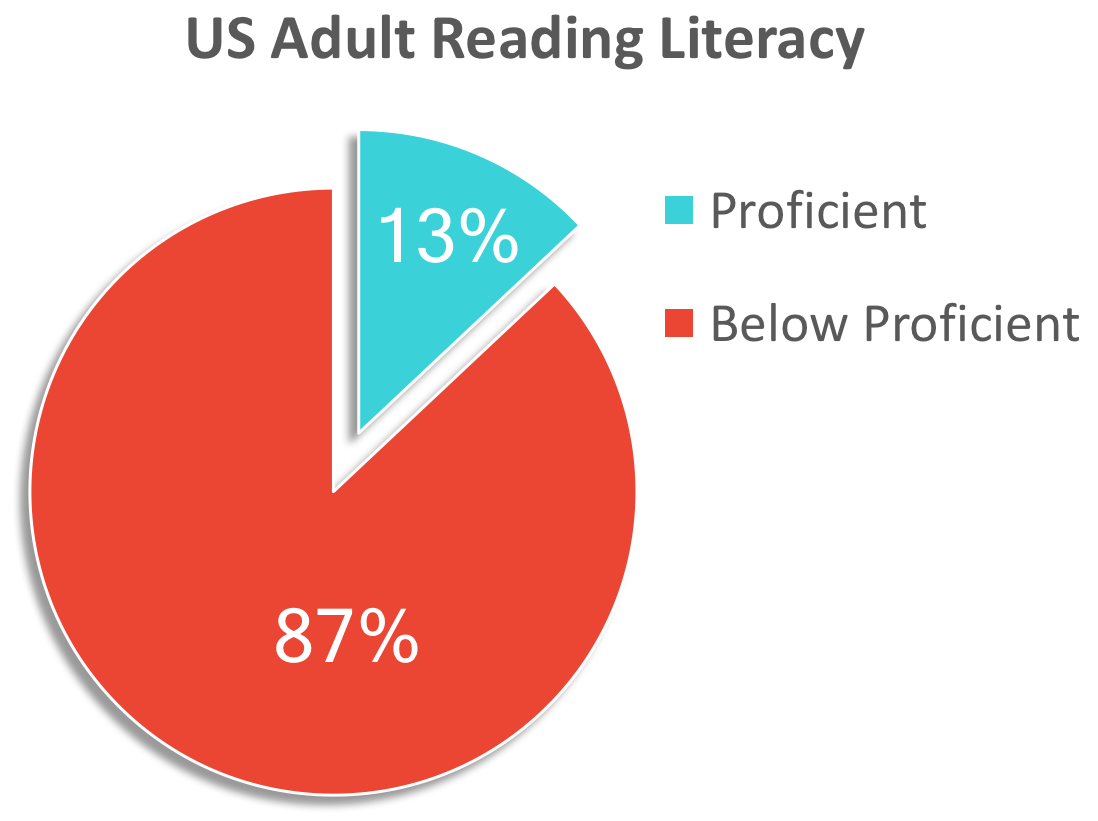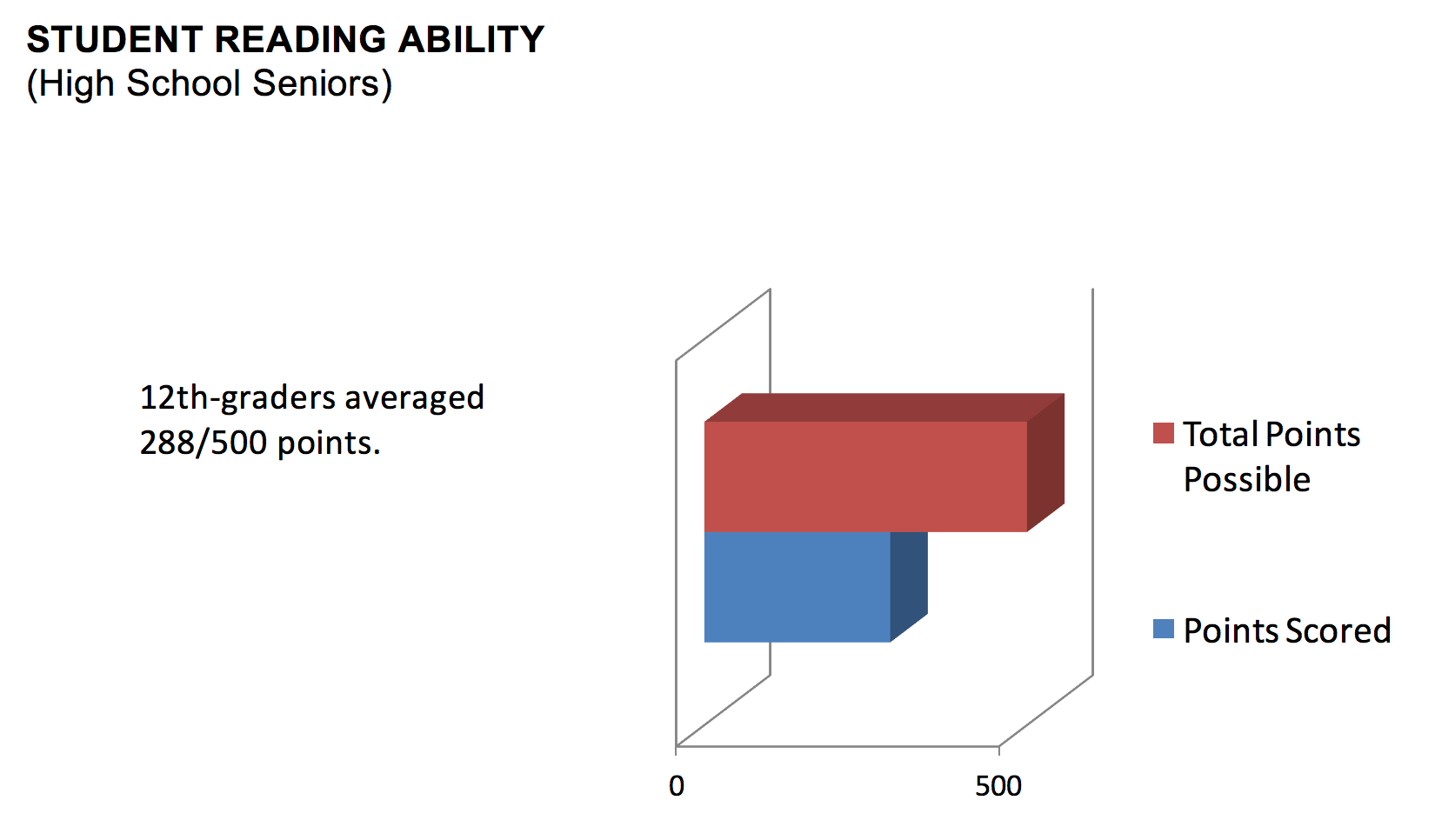Governments & Military
Your Field & CID
Listen to Intro
Governments & Military Benefit from CID
FEDERAL & STATE GOVERNMENTS
Federal & state government agencies produce millions of documents & publications. How many of those documents are presented in user-friendly formats that engage the reader, presenting information so it is readily understood?
Re-designing government documents based on how humans actually process information increases the probability that those readers will accurately interpret the information presented. This includes:
- the general public
- elected officials &
- government employees.
Current traditional formats are not facilitating this process.
MILITARY & DEFENSE
Items that could benefit from being cognitive-based:
- Manuals & training materials
- Internal memos & reports
- Emails & presentations
Cognitive-based materials could have a positive effect on the rate of learning, interest in learning, engagement with & retention of topic information with recruits & across ranks. This could result in more effective training sessions.
RECRUIT READING ABILITIES
Frequently ‘reluctant readers’ enter military service. CID can help reach many of these people who have difficulty reading, interpreting or recalling traditional print or electronic media. In addition, it has been found that even proficient readers prefer CID formats.

WASHINGTON (AP) — Failings last spring by nuclear missile operators at an Air Force base in North Dakota were worse than first reported, according to documents obtained by The Associated Press…details of the low performance by the launch officers, or missileers, entrusted with the keys to missiles have been revealed.
Read More
“Missileer technical proficiency substandard,”
one Air Force briefing slide says.
“Remainder (of missile operations team) raised grade to marginal.”
In the 10 months of written tests prior to its inspection, the Minot missileers had a total of 162 “job performance requirement” errors, which are mistakes on what the Air Force considers essential tasks. In the three months following the inspection the total doubled, to 321 errors, according to the data analysis.
http://www.nti.org/gsn/article/minot-missileers-did-worse-earlier-thought-2013-inspection/

Data from the U.S. Department of Education, National Center for Education Statistics.
- Literacy was defined as the knowledge & skills needed by adults, in life & at work, to use information from various texts (e.g., news stories, editorials, manuals, brochures) in various formats (e.g., texts, maps, tables, charts, forms, time tables).
- The test questions were developed to assess the respondent’s ability to: retrieve, compare, integrate & synthesize information from texts & to make inferences, among other skills.
- The population included adults ages 16-65 from varied socio-economic status, across gender & educational levels.
- The 87% below Proficient were divided into the following subsections: Intermediate, Basic, Below Basic.]
A silent PROBLEM
ADULT READING ABILITIES
The majority of US adults have been found to be below proficient in their ability to read, interpret & apply what they read accurately.
Our culture is being inundated with information yet the majority of U.S. adults may have difficulty properly interpreting or correctly understanding what they read.
This poses a pivotal challenge to professionals whose job it is to effectively convey information using text.
A simple SOLUTION
Information shown in cognitive-based formats (CID) can help people to accurately interpret visual or written information. Investing 4 hours to learn CID in a hands-on workshop is cost-effective and will improve the quality of your communications.
“Men occasionally stumble over the truth, but most of them pick themselves up and hurry off as if nothing had happened.”
— Winston Churchill
© 2022 The CID Group, LLC. All Rights Reserved.
Web Design by LimeGlow Design.

